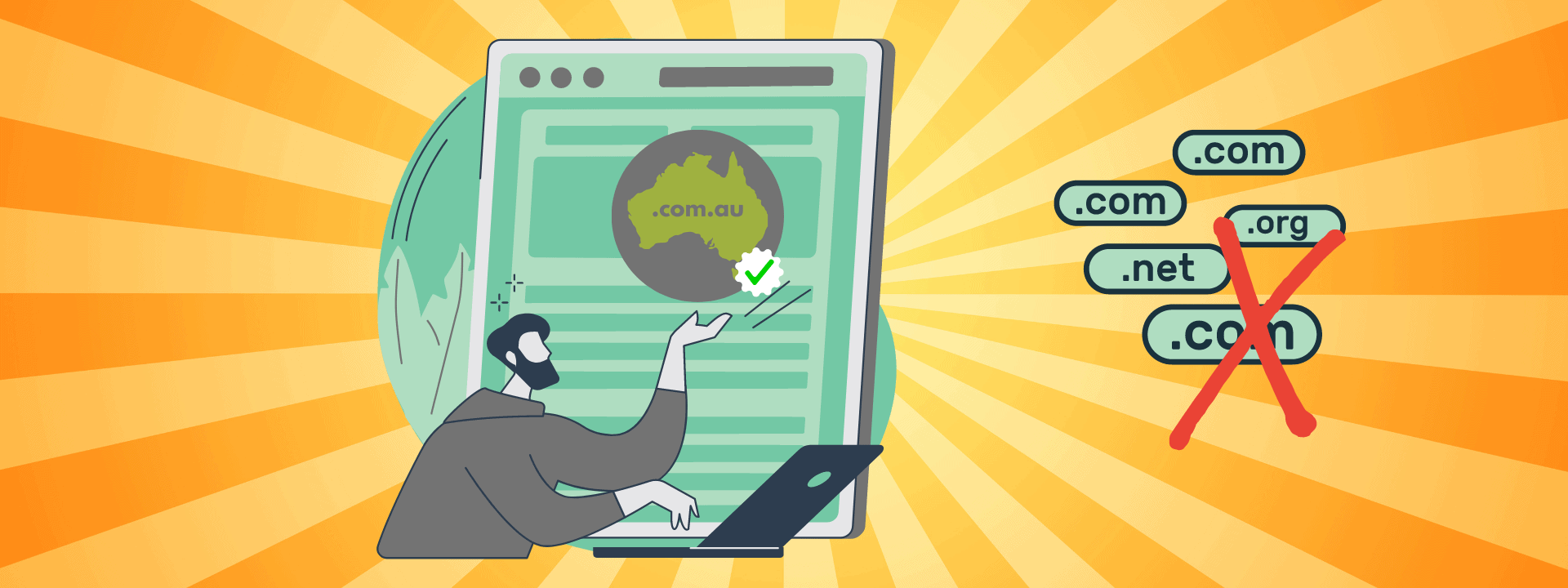VelocityBlog
Domain Name Registration in Australia – A Complete Guide
Domain Name Registration in Australia – A Complete Guide
Published:
Updated:
April 27, 2023
April 27, 2023

Email Us...
Reading Time: 5 minutesIn the current business climate, where flexibility and efficiency matter more than ever, many Australian companies are re-evaluating how they deliver desktops to their staff. The question isn’t just “which hardware shall I buy?” but “what’s the best model for delivering desktops with cost, scalability, and security in mind?” This…
Read MoreReading Time: 4 minutesIn today’s business climate, with hybrid working, distributed teams and the constant pressure to stay lean, technology needs to deliver both flexibility and simplicity. For small and medium-sized enterprises (SMEs) in Australia, one cloud solution increasingly gaining traction is Desktop as a Service (DaaS). Many business owners ask questions such…
Read MoreReading Time: 2 minutesIf you’re a small or medium-sized business owner, chances are you’ve wondered about how much managed IT services cost. And if this model is cost-effective, when compared with the traditional “break/Fix” model. With technology playing a crucial role in business success, many companies are turning to managed IT service providers…
Read MoreReading Time: 3 minutesAt its core, managed IT services refers to outsourcing the operation, oversight, and maintenance of your business technology systems (which includes servers, networks, security, user devices, etc.) to an external partner. Rather than waiting for IT equipment to break (the “break/fix” model), you pay a regular fixed fee and in…
Read MoreReading Time: 3 minutesWordPress is the world’s most popular website platform — powering more than 40% of all websites online. Its flexibility, cost-effectiveness, and user-friendly design make it the top choice for small businesses across Australia. But with great popularity comes great risk. Without proper maintenance and protection, WordPress websites are highly vulnerable…
Read More
When it comes to being found online "nobody does it better" specifically speaking SEO - Search Engine Optimisation. - Meet David the James Bond of SEO. He's got your number - we mean your search engine ranking No# 1. Did we mention David has a degree in I.T. & a Masters in Technology Management?